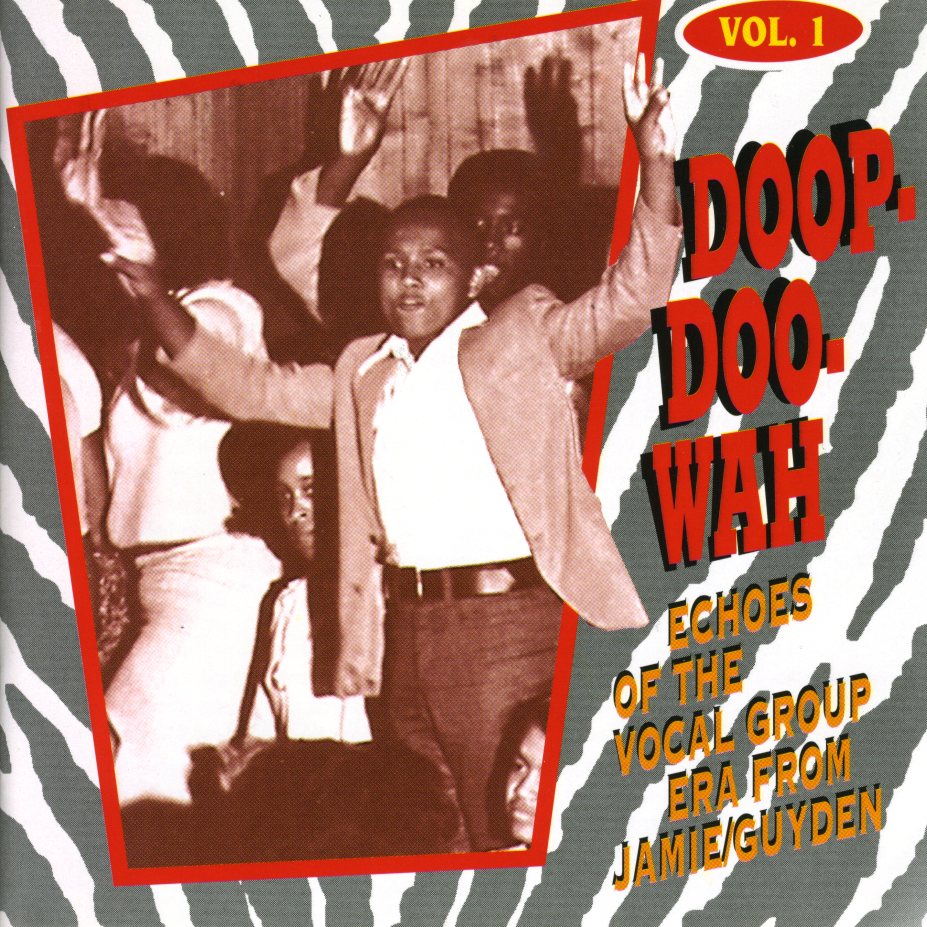
description
ys about the subcultures of the 1960s by Tom Wolfe, the revolutionary journalist and novelist When Tom Wolfe smashed his way onto the literary scene in 1965 with The Kandy-Kolored Tangerine-Flake Streamline Baby, he transformed reporting in American popular culture. For his next project, Wolfe traveled from La Jolla to London in search of new lifestyles. The result is The Pump House Gang (published simultaneously with The Electric Kool-Aid Acid Test in 1968): a collection of essays that chronicles life at the end of the 1960s, written with all the panache and perceptiveness that made Wolfe one of our greatest American journalists. Running throughout The Pump House Gang is a central theme of Wolfe's writing: status. In pieces about Hugh Hefner, Natalie Wood, and a gang of affluent teenage surfers, among others, Wolfe discusses the 1960s phenomenon of retreating from conventional social hierarchies, which he calls "starting your own league." Dancers, motorcyclists, lumpen-dandies, and stay-at-homes--everybody's doing it. Except for die-hards in the crumbling old social worlds of New York and London, where the confusion is so great that nobody can tell whether this is really the path to the top they've taken or just the service elevator. Dazzlingly brilliant as a stylist, daringly provocative as a commentator, and always entertaining, in The Pump House Gang, Wolfe is thoroughly, completely himself.
member goods
No member items were found under this heading.
listens & views

JAMIE/GUYDEN DOO WOP COLLECTION / ...
by JAMIE/GUYDEN DOO WOP COLLECTION / VARIOUS
COMPACT DISCout of stock
$16.99
Return Policy
All sales are final
Shipping
No special shipping considerations available.
Shipping fees determined at checkout.






